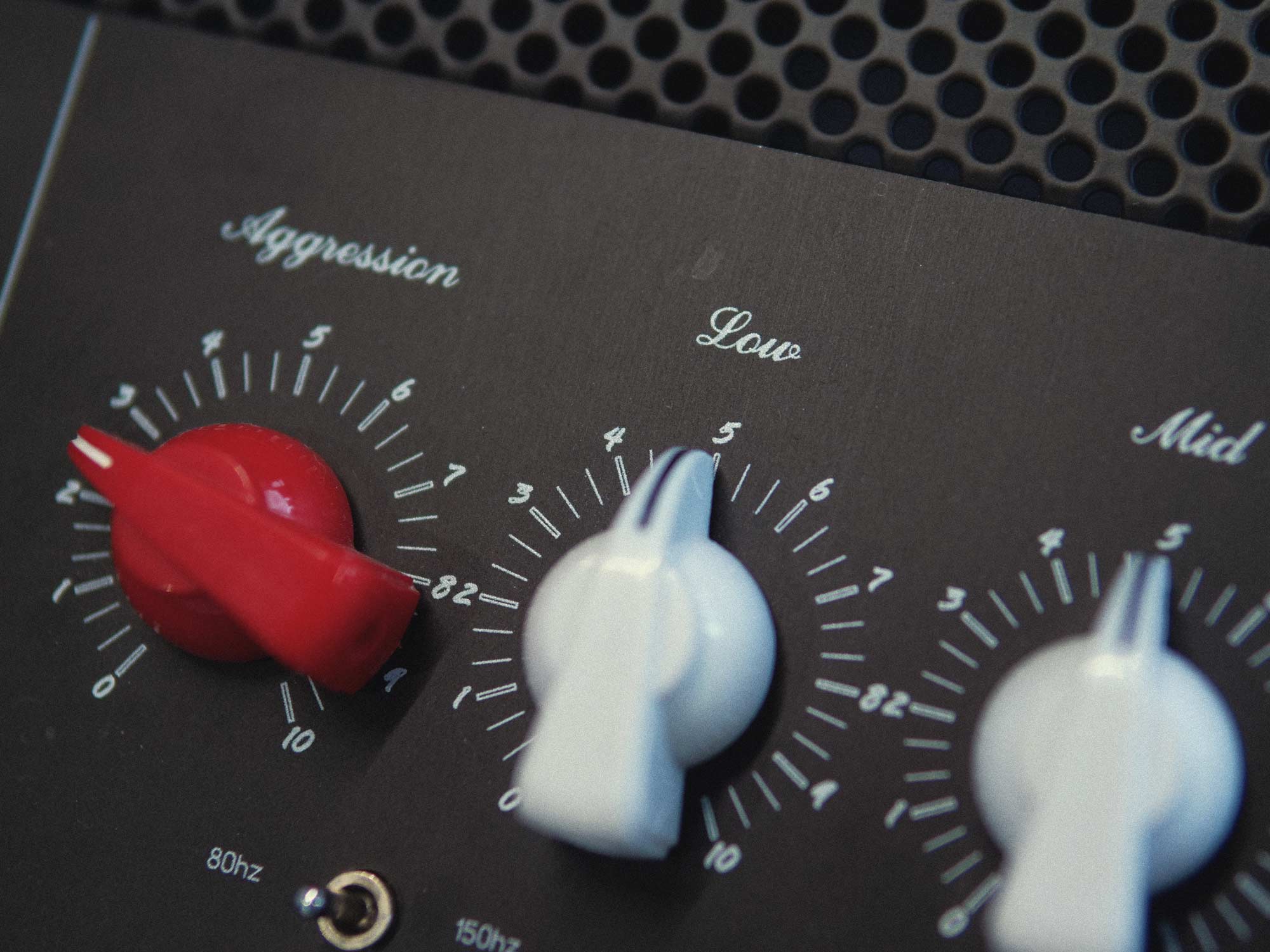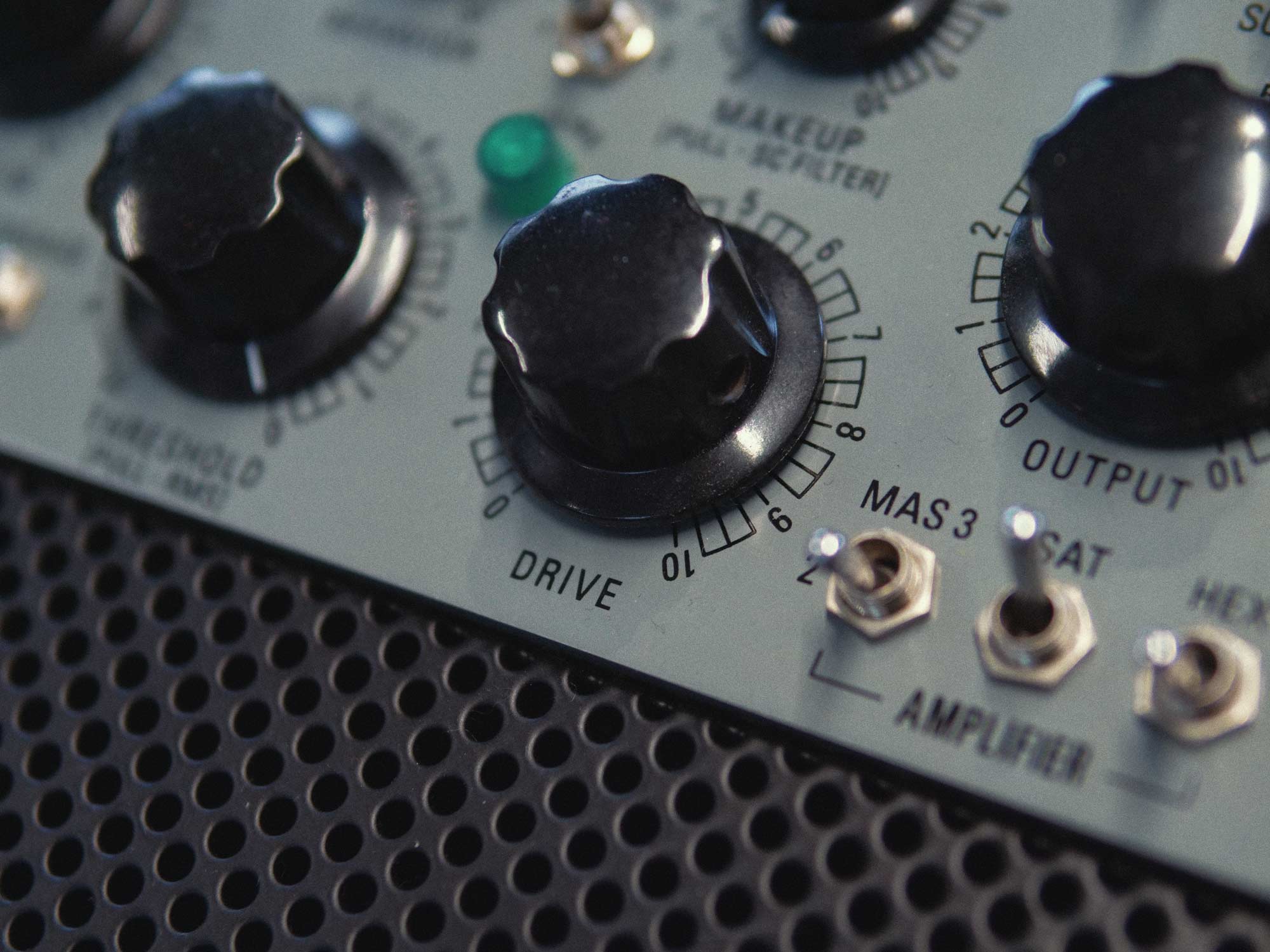Arpeggios, with their cascading notes and harmonic richness, are powerful tools in the arsenal of any musician or producer. However, the challenge lies not only in playing or programming them but also in keeping them fresh and engaging. In this blog post, we'll delve into five techniques to infuse creativity into your arpeggios, ensuring that they captivate listeners and elevate your musical compositions.
1. Experiment with Different Patterns: Break away from the conventional up-and-down arpeggio patterns. Experiment with various rhythmic patterns, such as staggered or syncopated sequences. Introduce pauses, skips, and inversions to add unpredictability to your arpeggios. By exploring different patterns, you can create intrigue and keep your listeners on their toes.
2. Explore Articulation and Dynamics: Pay close attention to the articulation and dynamics of each note in your arpeggios. Experiment with staccato and legato phrasing, varying the attack and release of each note. Introduce dynamic swells and fades to add a sense of motion and emotion to your arpeggiated passages. These nuanced changes can transform a simple sequence into a captivating musical expression.
3. Layering and Texturing: Elevate your arpeggios by layering them with complementary sounds. Blend different instruments or synth patches to create a rich and textured sonic landscape. Consider adding subtle effects like reverb, delay, or modulation to enhance the spatial dimension of your arpeggios. Layering provides depth and complexity, making your arpeggios more interesting to the ear.
4. Experiment with Chord Progressions: Arpeggios often derive from underlying chord progressions. Experiment with unconventional chord progressions to break away from predictable harmonic structures. Introduce unexpected chord changes or modulations to surprise your listeners. This approach not only keeps your arpeggios interesting but also adds a layer of sophistication to your compositions.
5. Incorporate Non-Harmonic Tones: Spice up your arpeggios by incorporating non-harmonic tones or passing tones. These are notes that add tension and resolution, providing a sense of movement within the arpeggio. Experiment with chromatic passing tones or neighboring tones to create subtle dissonance and resolution, adding a touch of sophistication to your arpeggiated phrases.
Arpeggios are more than just a series of notes; they are a canvas for your creativity. By exploring different patterns, paying attention to articulation and dynamics, layering and texturing, experimenting with chord progressions, and incorporating non-harmonic tones, you can breathe life into your arpeggios. These techniques will not only keep your arpeggios interesting but also contribute to the overall depth and richness of your musical compositions. So, dive into the world of arpeggios with an adventurous spirit, and let your creativity unfold in harmonious complexity.




Leave a comment
This site is protected by hCaptcha and the hCaptcha Privacy Policy and Terms of Service apply.